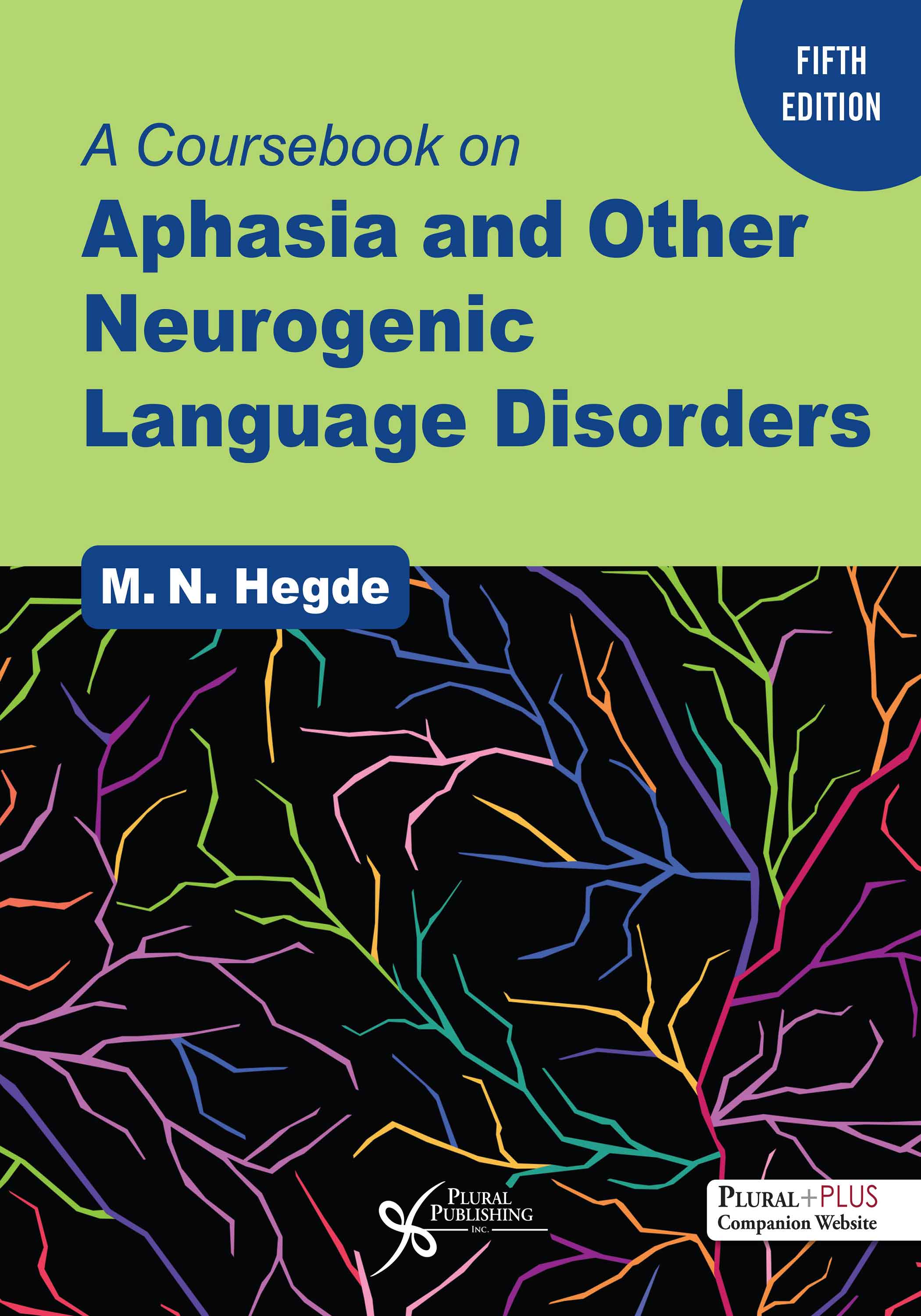
A Coursebook on Aphasia and Other Neurogenic Language Disorders
Fifth Edition
M.N. Hegde
Details: 426 pages, B&W, Spiral, 8.5" x 11"
ISBN13: 978-1-63550-422-4
© 2024 | Available
For Instructors
Purchase
An innovative textbook and course notebook in one resource!
A Coursebook on Aphasia and Other Neurogenic Language Disorders, Fifth Edition is a textbook for courses in aphasia and other neurogenic communication disorders. It is organized in a unique and interactive “coursebook” format that divides pages into columns with written information next to columns with space for note taking. This allows instructors to make lecture notes and students to write class notes on the right half of each page of the text.
The Coursebook offers a comprehensive description and critical review of basic and applied research on aphasia, right hemisphere disorder (RHD), traumatic brain injury (TBI), and dementia—the four major language and communication disorders associated with neurological pathologies. The relationship between the brain and language, major features of aphasia and other disorders, their assessment, and treatment have been described in streamlined and clinician-friendly language. Critical review of theories, assessment, and treatment research helps speech-language pathologists distinguish valid from the questionable in the professional and scientific literature. All assessment and treatment chapters give an outline of comprehensive and practical procedures, integrating current practices that clinicians might readily use.
New to the Fifth Edition
- Part I has been restructured under the heading, “Brain and Language” to describe the neuroanatomical bases of language and language impairments associated with neuropathological variables. The chapter on neurodiagnostics has been updated to include a variety of surgical, radiological, and imaging procedures that help students understand the relationship between the brain structure and function and their involvement in language production and comprehension.
- Part II has been reorganized into three chapters on aphasia. Chapter 3 offers a comprehensive review of aphasia prevalence, definition, and classification. Newer perspectives on intraoperative cortical brain mapping and alternative classification of aphasia, based on recent research on the dual stream hypotheses related to brain and language, have been reviewed with critical evaluation to help clinicians. Chapters 4 and 5 on assessment and treatment of aphasia offer a more comprehensive review of established and newer procedures. The chapter on treatment is expanded to include telerehab, drug treatment, brain stimulation, and technologically-based interventions. All major language intervention techniques are reviewed with outlined recommendations for clinicians.
- Part III on RHD consists of two revised chapters reflecting current terminology, research, and clinical practice issues. Sections on neglect, deficit awareness, social communication, and abstract language intervention have been updated.
- Part IV offers the most recent research on TBI rehabilitation. Research on teaching compensatory strategies, group therapy, and community reentry has been updated with clinical recommendations.
- Part V’s two chapters on dementia include new information on changing incidence and prevalence patterns of dementia, infectious and rapidly progressive dementias, frontotemporal dementias, primary progressive aphasias, and HIV-associated neurocognitive disorders.
- In addition to the above content updates, customizable PowerPoint lecture slides for instructors and color versions of some of the figures are available on a PluralPlus companion website.
Plural Plus Online Ancillary Materials
For instructors: PowerPoint slides
For students: Flashcards, Colored figures
Reviews
“This book covers various acquired language disorders caused by neurological events, like stroke. One of its unique features is the space set aside for students to take notes directly in the book. The book has a companion website with both student and instructor resources…
The book's purpose is to survey the nature of a variety of neurogenic language disorders (e.g., aphasia), as well as their assessment and treatment techniques.
… The book covers language and cognitive-communicative disorders caused by neurological injury, such as stroke and head injury. It well-organized into 11 chapters focusing on aphasia, right hemisphere disorder, traumatic brain injury, and dementia. The text originated as a course workbook, evidenced by the "class notes" section found on almost every page, where students can write directly in the book…
… this fifth edition book is needed because much has changed in neurogenic language disorders since the text's previous edition, in areas like assessment and treatment.”
– Matthew H. Rouse, MS, SLP.D., CCC-SLP, Biola University, from Doody’s Reviews (June 2023)
Overall, A Coursebook on Aphasia and other Neurogenic Language Disorders stands as an outstanding coursebook and as a reliable reference for a diverse readership, including clinicians, speech-language pathologists, researchers, caregivers, and family members. For anyone interested in learning about aphasia and neurogenic language disorders from a holistic perspective, this book serves as an ideal starting point.
– Guanping He, Shaohua Fang, Hui Chang, in Pakistan Journal of Medical Sciences (July 2025)
Preface to the Fifth Edition
About the Author
PART 1: Brain and Language
Chapter 1
Overview of Neuroanatomy and Neurophysiology
The Human Nervous System
Neurons and Nerves
The Peripheral Nervous System (PNS)
The Central Nervous System (CNS)
The Protective Layers of the Brain
Cerebral Blood Supply
References
Chapter 2
Neurodiagnostic Methods and Neuropathology
Neurodiagnostic Methods
Pathologies of Neurologically Based Communication Disorders
References
PART II: Aphasia
Chapter 3
Aphasia: Prevalence, Definition, and Classification
Prevalence of Aphasia and Associated Diseases
Definitions of Aphasia
Limitations of the Classic Aphasia Classification
Alternative Aphasia Classifications
General Evaluation of Aphasia Classification
Overview of Aphasia Symptoms
Nonfluent Aphasias
Fluent Aphasias
References
Chapter 4
Assessment of Aphasia
Overview of Assessment
Screening for Aphasia
Diagnostic Assessment of Aphasia
Assessment of Functional Communication and Quality of Life
Assessment of Bilingual and Ethnoculturally Varied Individuals
Diagnostic Assessment Summary
Differential Diagnosis
References
Chapter 5
Treatment of Aphasia
Behavioral Treatment of Aphasia is Effective
Generalization and Maintenance Are Still Problems
Most Treatment Programs Are Partial
Treatment of Auditory Comprehension Problems
Treatment of Verbal Expression
Social Approaches to Aphasia Rehabilitation
Treatment of Reading and Writing Problems
Group Treatment for People With Aphasia
Virtual Reality Therapy
Telerehabilitation for Aphasia
Augmentative and Alternative Communication
Medical Treatment of Persons With Aphasia
References
PART III: Right Hemisphere Disorder
Chapter 6
Right Hemisphere Disorder
Hemispheric Asymmetry
Right Hemisphere Functions
Neuropathology of Right Hemisphere Disorder
Overview of Right Hemisphere Disorder
References
Chapter 7
Assessment and Treatment of Right Hemisphere Disorder
Initial Screening
Standardized and Nonstandardized Assessment Tools
Treatment of Persons With Right Hemisphere Disorder
Treatment Targets and Strategies
Social Communication Skills
Visual Neglect
Impaired Attention
Deficit Awareness
Abstract Language
Other Communication Disorders
References
PART IV: Traumatic Brain Injury
Chapter 8. Traumatic Brain Injury: Causes and Consequences
Incidence and Prevalence of TBI
Common Causes of TBI
Types of Brain Injuries
Primary Effects of TBI
Secondary Effects of TBI
Variables Related to Recovery
Neurobehavioral Effects of TBI
Overview of Communication Disorders in TBI
Impaired Memory, Thinking, Reasoning, and Planning Skills
References
Chapter 9 Assessment and Management of Traumatic Brain Injury
Overview of Assessment
Initial Screening
Diagnostic Assessment
Assessment of Consciousness and Responsiveness
Assessment of Memory
Assessment of Reasoning and Planning Skills
Assessment of Communication Disorders
Overview of TBI Treatment Research
Specific Treatment Targets and Strategies
Teaching Compensatory Strategies
Skill Maintenance Program
Group Therapy
Promoting Community Reentry
Cognitive Rehabilitation
References
PART V: The Dementias
Chapter 10
The Dementias: Prevalence, Causes, and Types
Decreasing Incidence and Increasing Prevalence of Dementia
Prevalence of Dementia in Varied Populations
What is Dementia?
Reversible and Rapidly Progressive Dementias
Dementia of the Alzheimer’s Type
Vascular Dementia
Dementia With Lewy Bodies
Frontotemporal Dementia
Parkinson’s Disease
Huntington’s Disease
HIV-Associated Neurocognitive Disorder
References
Chapter 11
Assessment and Management of Persons With Dementia
Chapter Outline
Learning Objectives
Assessment of Dementia
Clinical Management of Dementia
Intervention for Communication Deficits
The Caregiver Program
References
Glossary
Index
A Coursebook on Aphasia and Other Neurogenic Language Disorders, Fifth Edition comes with access to supplementary student and instructor resources on a PluralPlus companion website.
The companion website is located at: https://www.pluralpublishing.com/publication/caonld5e
STUDENTS:
The student resources include Color Figures.
To access the student resources, you must register on the companion website and log in using the access code located in the front of your textbook.
INSTRUCTORS:
The instructor resources include PowerPoint Lecture Slides. You will also have access to all of the student resources listed above.
To access the instructor resources, you must contact Plural Publishing, Inc. to be verified as an instructor and receive your access code.
Email: instructormaterials@pluralpublishing.com
Tel: 866-758-7251 (toll free) or 858-492-1555
*Note for students: If you have purchased this textbook used or have rented it, your access code will not work if it was already redeemed by the original buyer of the book. Plural Publishing does not offer replacement access codes for used or rented textbooks.
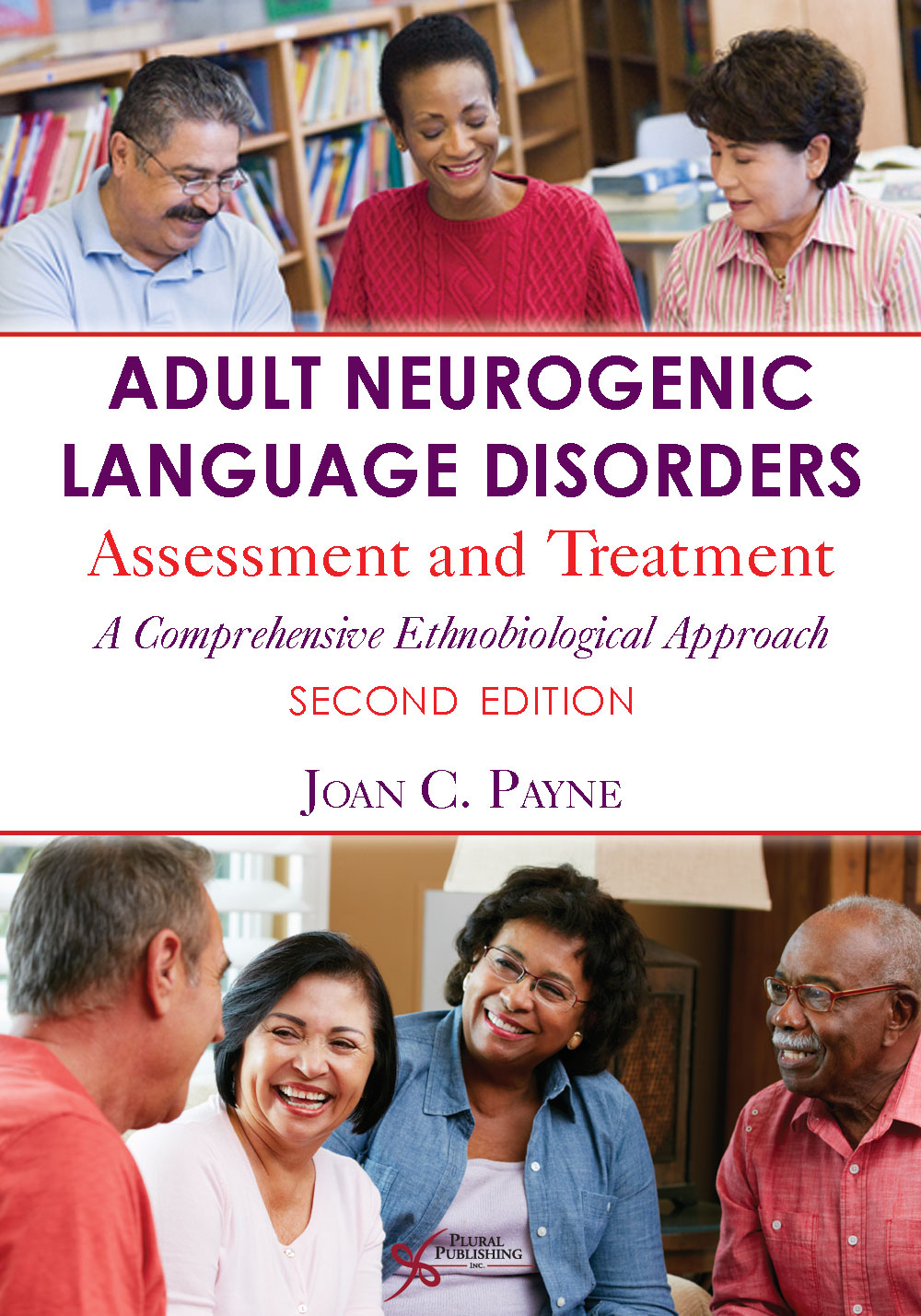
Adult Neurogenic Language Disorders: Assessment and Treatment. A Comprehensive Ethnobiological Approach
Second Edition
Joan C. Payne
Details: 392 pages, B&W, Softcover, 7" x 10"
ISBN13: 978-1-59756-503-5
© 2014 | Available
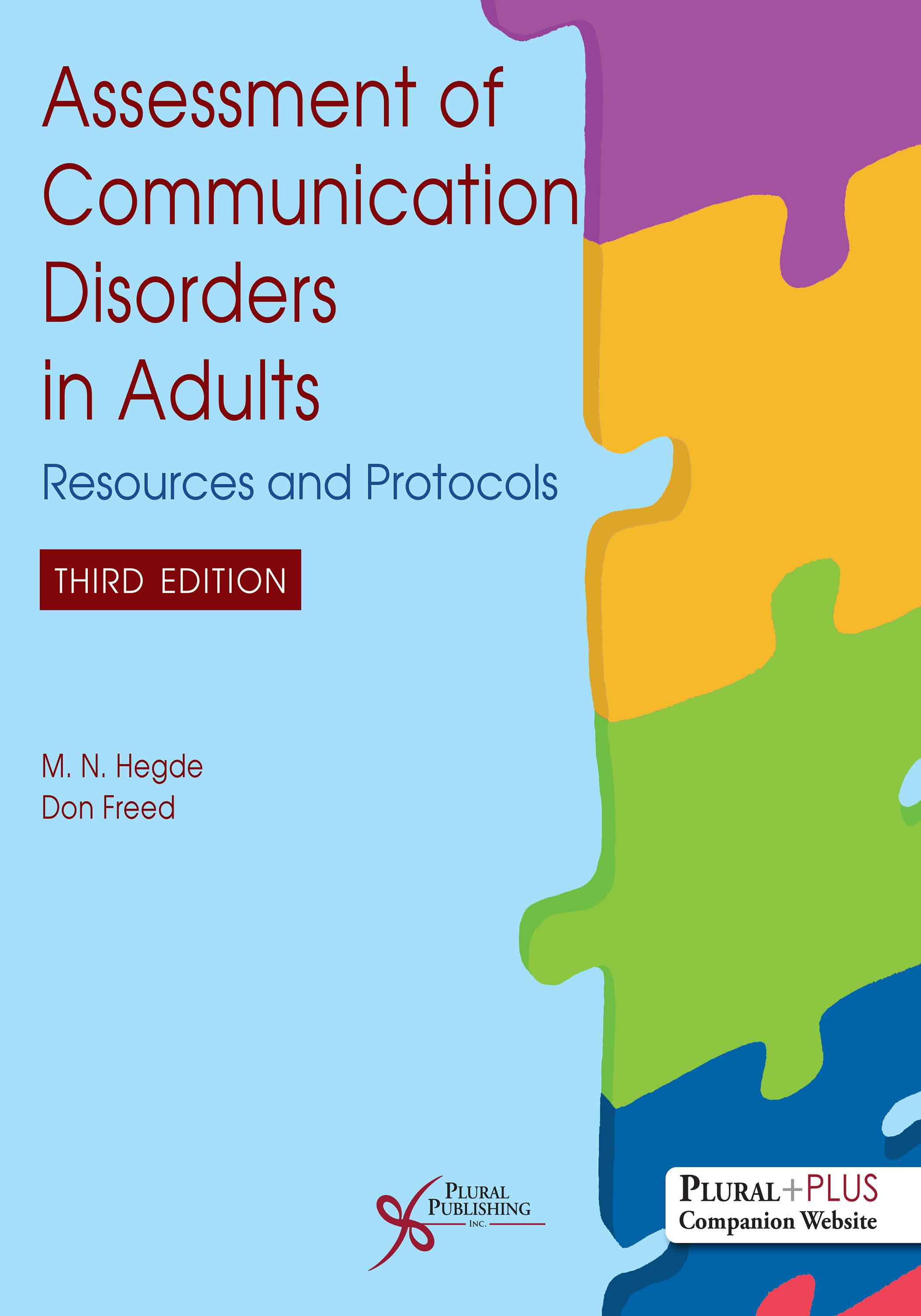
Assessment of Communication Disorders in Adults: Resources and Protocols
Third Edition
M.N. Hegde, Donald B. Freed
Details: 446 pages, B&W, Softcover, 8.5" x 11"
ISBN13: 978-1-63550-263-3
© 2022 | Available
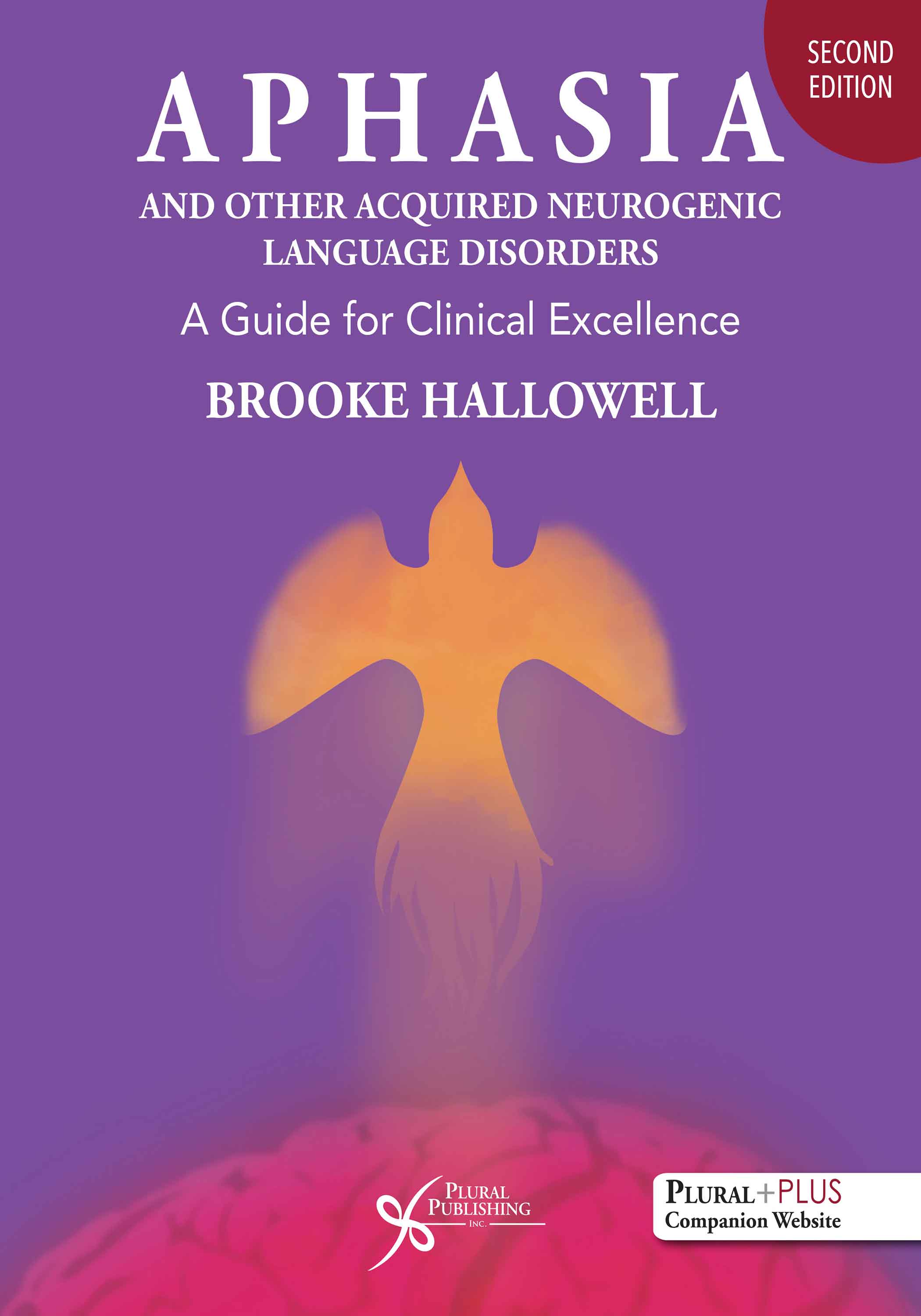
Aphasia and Other Acquired Neurogenic Language Disorders: A Guide for Clinical Excellence
Second Edition
Brooke Hallowell
Details: 629 pages, 2-Color with Full-Color Insert, Softcover, 8.5" x 11"
ISBN13: 978-1-63550-159-9
© 2023 | Available
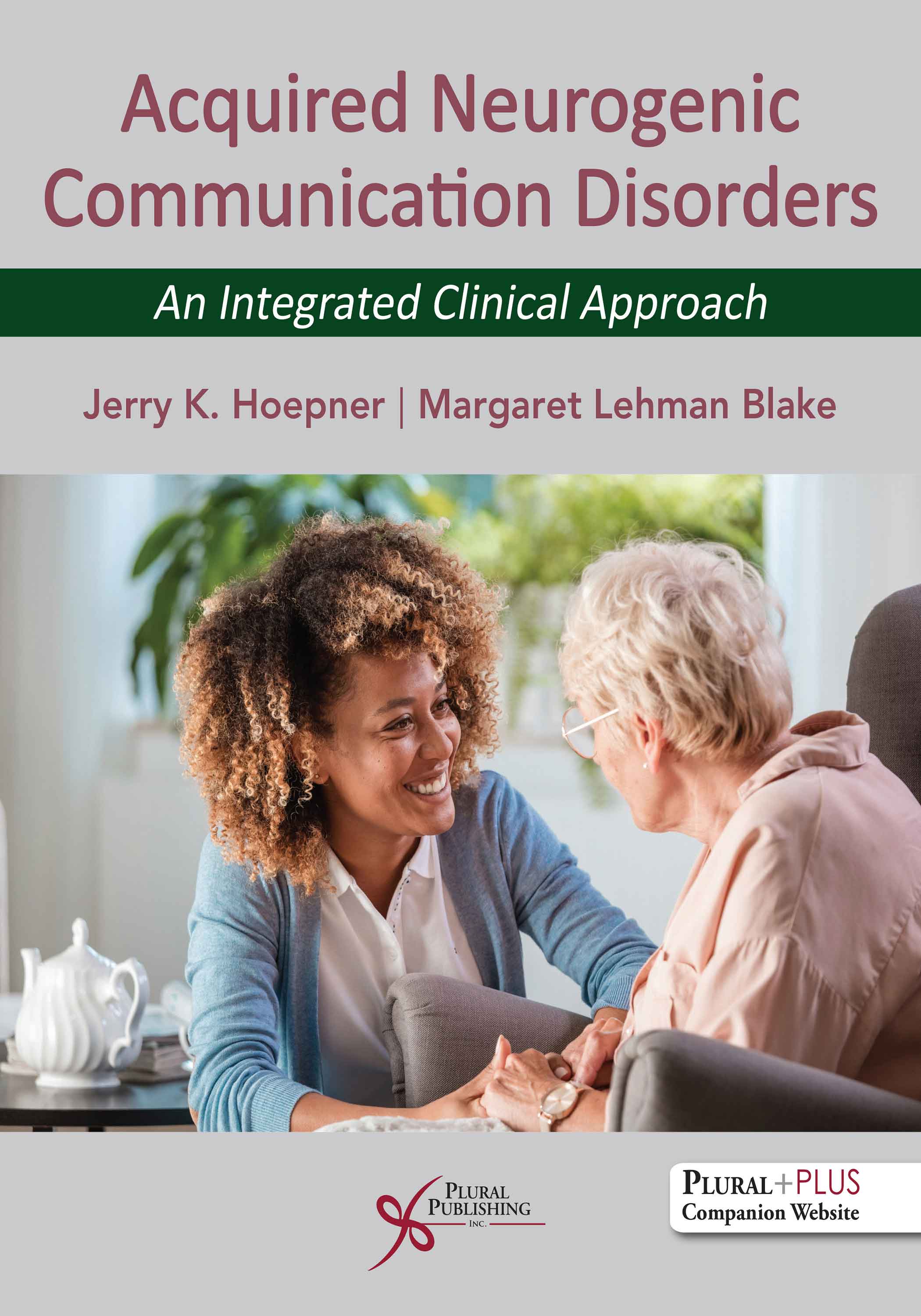
Acquired Neurogenic Communication Disorders: An Integrated Clinical Approach
First Edition
Jerry K. Hoepner, Margaret Lehman Blake
Details: 362 pages, Full Color, Softcover, 8.5" x 11"
ISBN13: 978-1-63550-425-5
© 2025 | Available
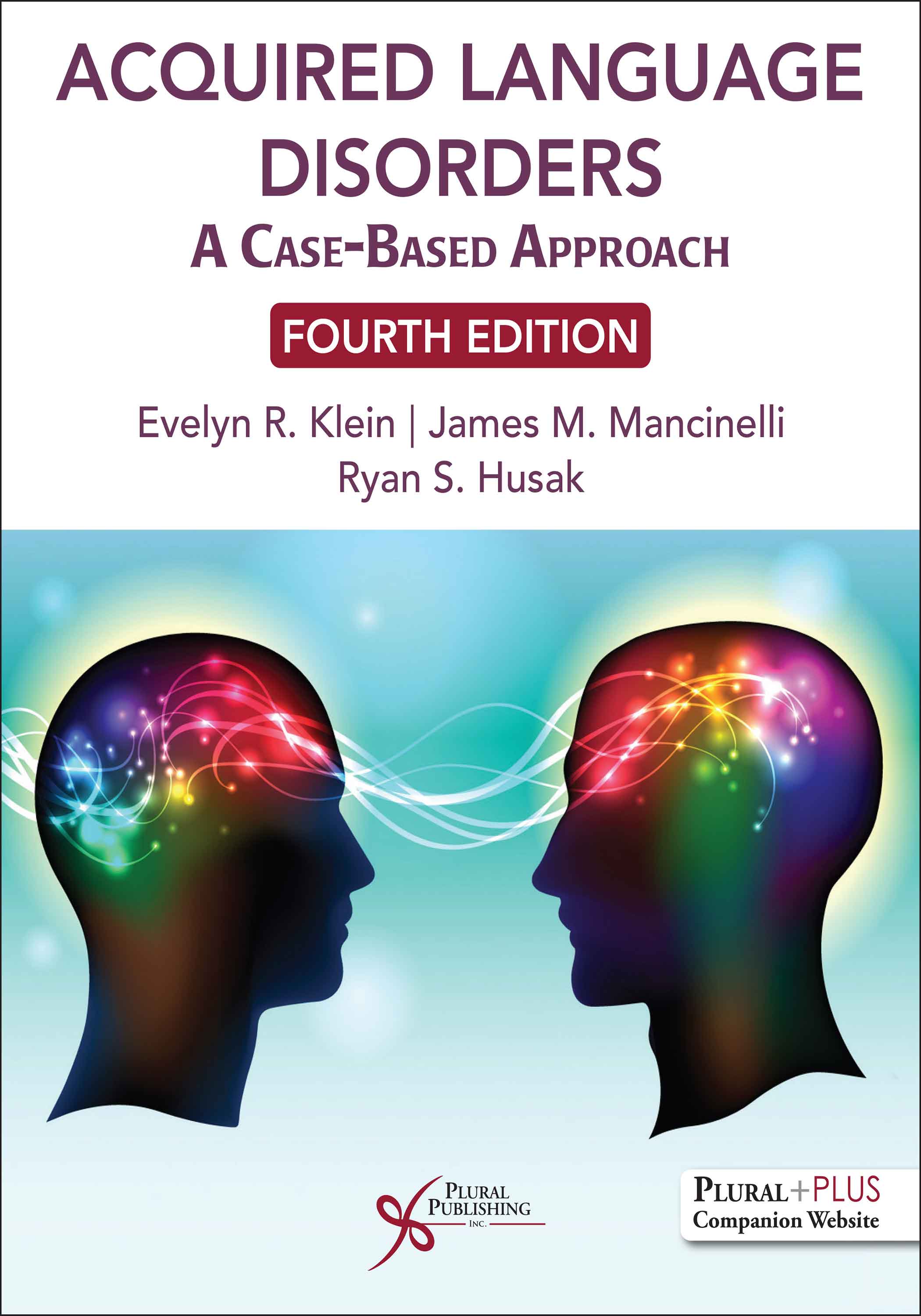
Acquired Language Disorders: A Case-Based Approach
Fourth Edition
Evelyn R. Klein, James M. Mancinelli, Ryan S. Husak
Details: 355 pages, B&W, Softcover, 8.5"x11"
ISBN13: 978-1-63550-700-3
© 2026 | Available
